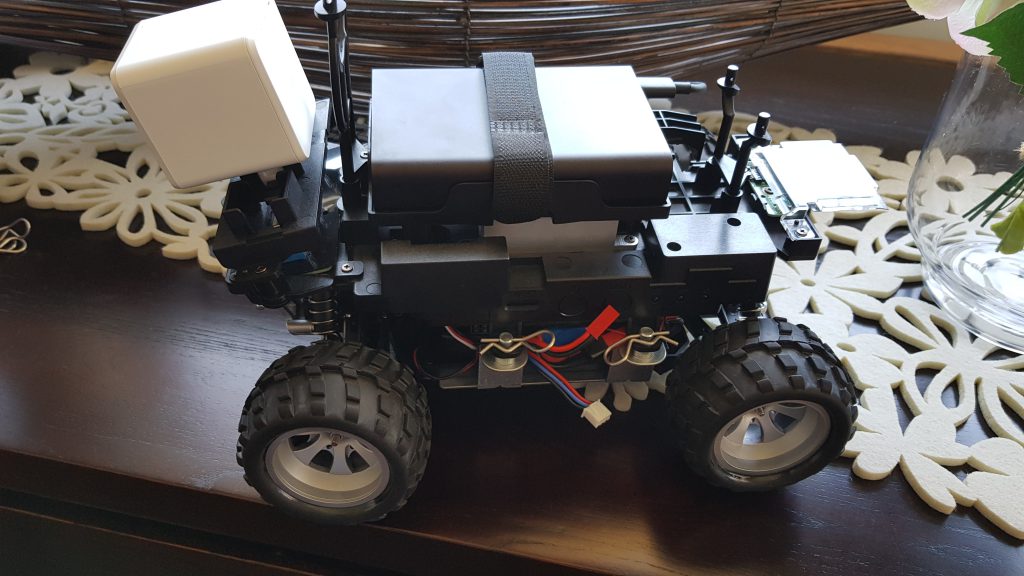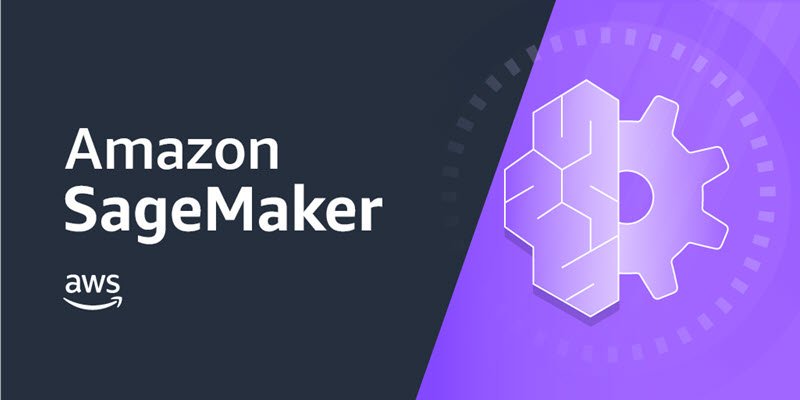AWS DeepRacer – Tips and Tricks – Battery and SSH
If you would like to know more about what the AWS DeepRacer is, please refer to my previous post: AWS DeepRacer – Overview
I was going to do an unboxing video, but Andrew Knaebel has done a well enough job of that and posted it on YouTube, so I’ll skip that part and move onto more detail on getting up and running with the AWS DeepRacer.
A lot of this is covered in the AWS DeepRacer Getting Started Guide so I’ll try and focus on the places where it was not so clear.… [Keep reading] “AWS DeepRacer – Tips and Tricks – Battery and SSH”



